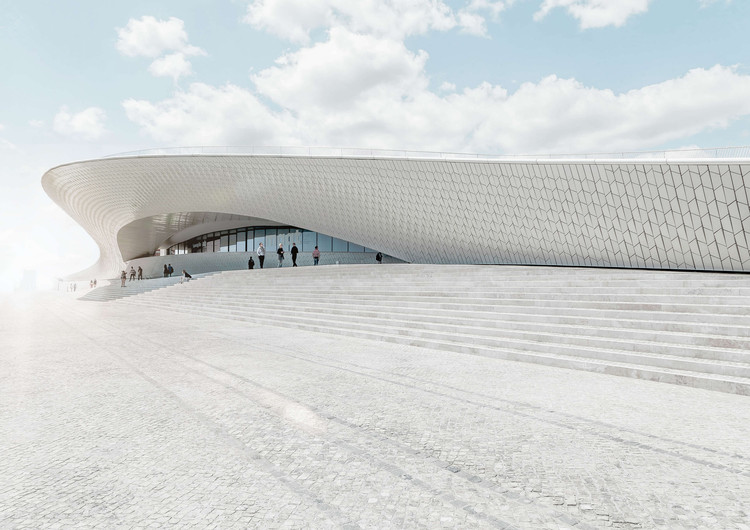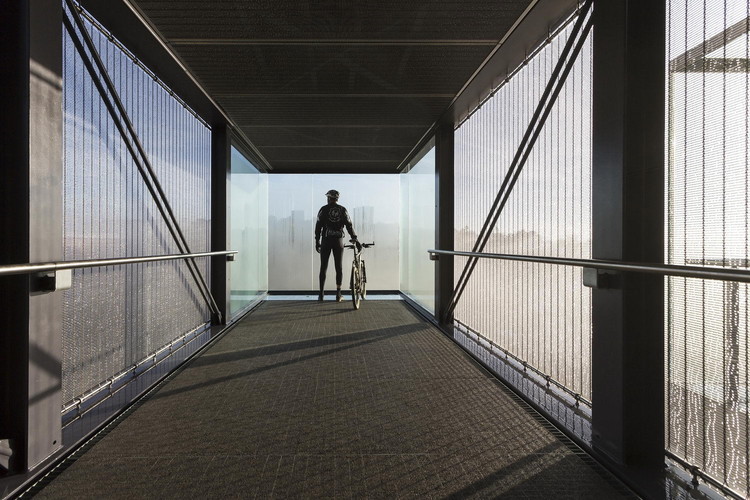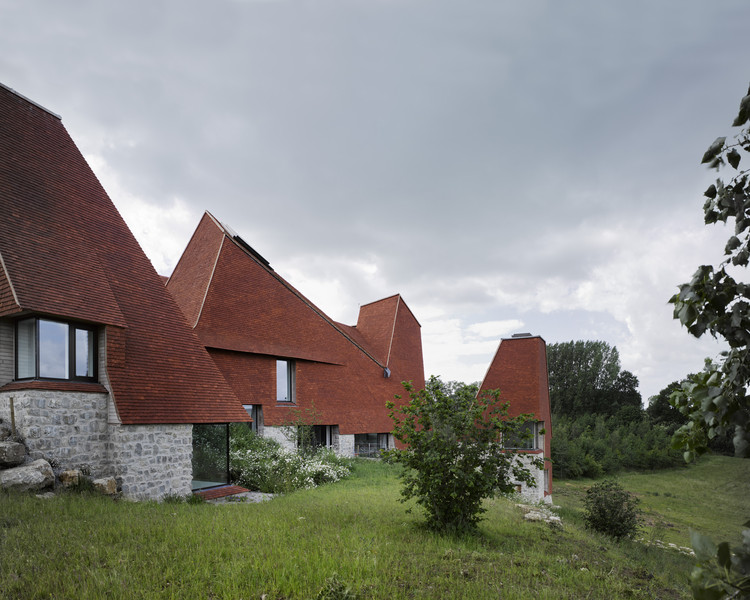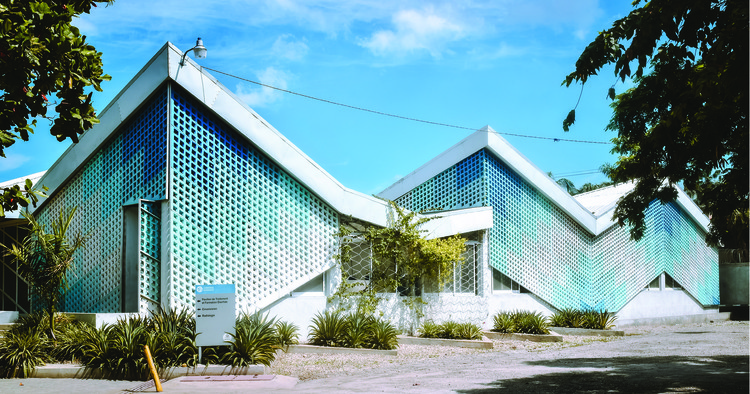
What is the role of sound and acoustics in the work of leading architecture practices? In February this year, reSITE and MAAT in collaboration with Meyer Sound hosted RESONATE: Thinking Sound and Space, a conference focused exclusively on the intersection of architecture and sound.
Elizabeth Diller of Diller Scofidio + Renfro, Snøhetta's Kjetil Trædal Thorsen, Michael Jones from Foster + Partners, the founders of Meyer Sound, and the pioneer of sound art Bernhard Leitner spoke with reSITE and Canal 180 at MAAT Museum in Lisbon, Portugal. Below are the 4 episodes in the series, where they discuss the role of sound in designing cultural venues and concert halls and the changing role of the architect in an age of specialization:



.jpg?1520689109)








































